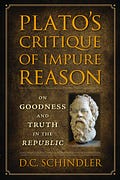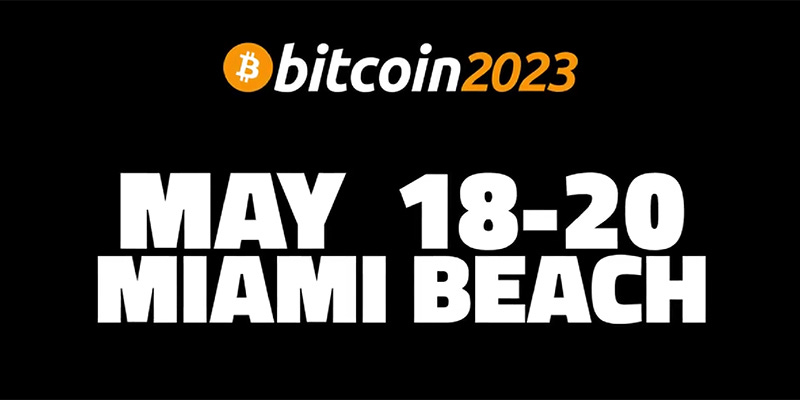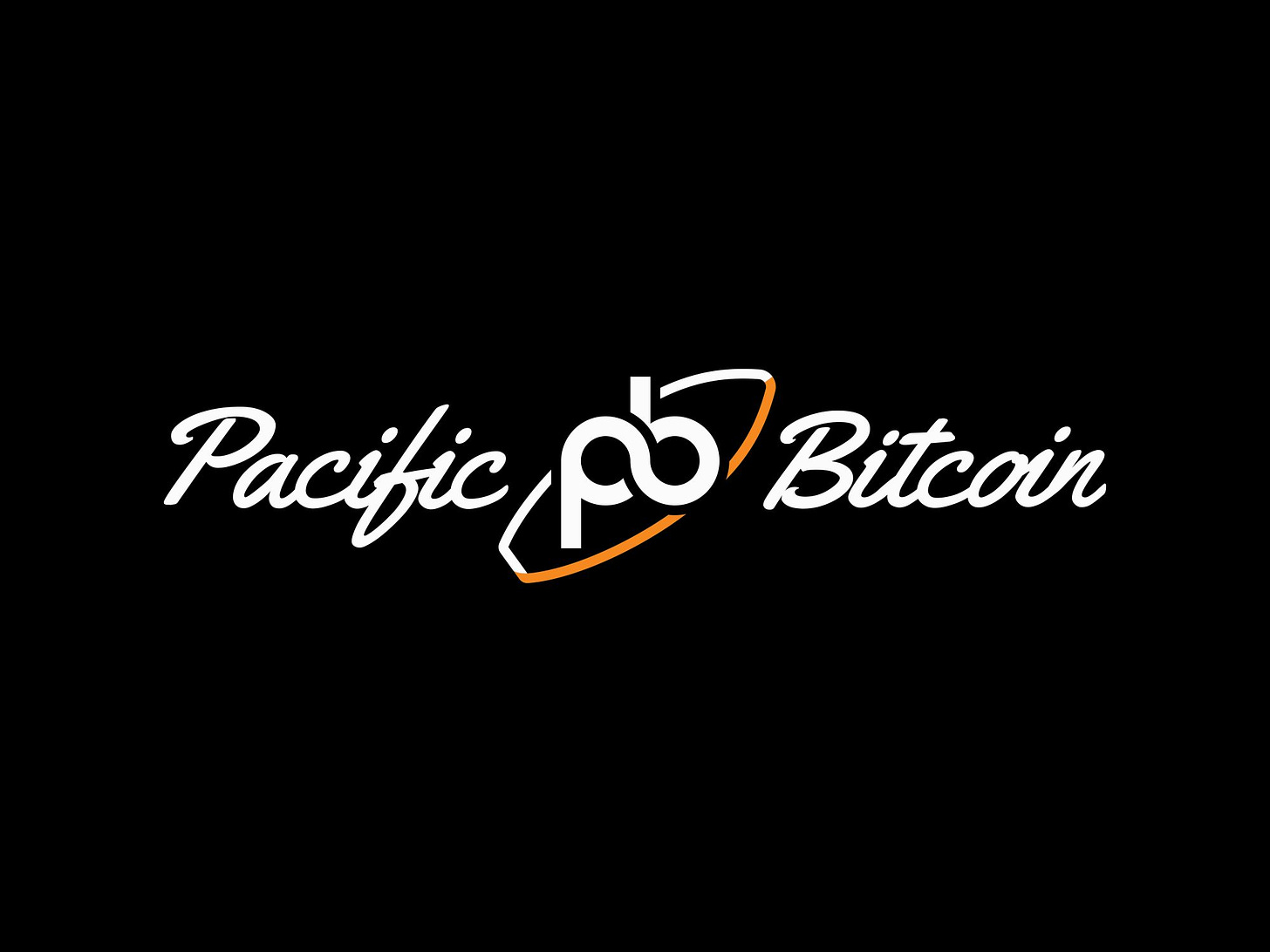Plato's Critique of Impure Reason: Chapter Maps
Exploring the Introduction to "Plato's Critique of Impure Reason" by D.C. Schindler

In this final section of our exploration of the introduction to this masterful written work by D.C. Schindler, we will layout the chapters and summarize their contents:
Chapter 1—“A Logic of Violence”: “suggest that Thrasymachus’s violence is a consequence of his relativistic epistemology, and he therefore shows himself to be a paradigm of the problem of “life in the cave.”
Chapter 1 examines the nature of justice, and why it is best to actually be just, even at the cost of appearing unjust. Force and fiat are shown to be incompatible with human reason, and thus generative of a collapse into relativism. Without establishing a relationship to the absoluteness of goodness, a deadly solipsism takes hold, where anyone’s “truth” is only as credible as the threat of force backing it. When humans fail to mediate their affairs with reason, the inevitable outcome is coercion and violence.
Chapter 2—“With Good Reason”: “the highest good is both good in itself and good in its effects. Our thesis is that this twofold characterization of the good as both absolute (good in itself) and relative (good for us) represents the interpretive key that unlocks the significance of the philosophical drama and prepares for the climax at the central part of the dialogue. To say that the good causes truth means that it establishes being in its nonrelativity, but also that it makes that nonrelativity accessible to the soul. The good, in other words, separates being from appearance, but it also bridges that separation, and thus makes truth and knowledge possible.”
Chapter 2 opens up a deep inquiry into the relationship between the relative (appearance) and the absolute (truth). Platonic goodness is shown to be both good in its appearances and good in truth. This paradoxical nature of the good harkens to its transcendent value. Although it may be tempting to conceive of the relative as diametrically opposed to the absolute, an argument is made that the absolute necessarily encompasses the relative, and therefore Platonic goodness is more of a transcendence through rather than a transcendence of the relative.
Chapter 3—“Breaking In: Reversal and Reality”: for Plato, the principle of intelligibility, the possibility of knowledge depends on “immediate” access to the idea of the good. But this demand represents the most difficult paradox of the dialogue: How is it possible to make intelligibly manifest that which lies beyond both appearance and intelligibility, as their ground.”
Given the transcendent nature of the good, a reversal occurs as human reason reaches out towards it. In other words, the whole can never be encapsulated epistemically, so human reason can never be valueless, as there is always more truth to reach for. This is the grand paradox which bounds all rationality: no matter how much “territory” of truth humans may “map” with reason, there will always remain unexplored territory. So, to talk of Platonic goodness is inherently an insufficient means of conveying its profundity as the ultimate, which leaves us with action as the best way to “say” it.
Chapter 4—“On Being Invisible”: “argues that features of Socrates’ character, as Plato presents it in his writing, play a metaphysical and epistemological role”
The philosopher lives to make himself transparent to the truth. In word and in deed, the real philosopher lets truth flow through him without impedance, and without consideration of the cost. The philosopher lives in touch with truth. The character of Socrates is held out to be archetypal of this radical relationship with truth.
Chapter 5—“The Truth is Defenseless”: “Sophistry is primarily concerned with defending a position and thus persuading one’s hearers, while philosophy is concerned with discovering truth, even in spite of oneself. While sophistry seeks power, philosophy is essentially a renunciation of power.”
Power, in the political sense, is the end of all sophistry. Conversely, truth is the end of philosophy, no matter the cost. In this way, the philosopher renounces the political life. Paradoxically, Plato argues that this renunciation is precisely why coercion is justified to force philosophers into the ruling class. From this line of reasoning modernity has inherited Plato’s now infamous notion of the philosopher-king.
Chapter 6 (The Coda)—“Restoring Appearances”: “Essentially, the absoluteness of the good both distinguishes being from appearance (thus requiring the elimination of appearances) and also joins them together (thus requiring the restoration of appearances).
In this final, challenging chapter, D.C. Schindler more closely reflects on the absolute nature of the good, and our inability to fully grasp its metaphysical significance. The book concludes with an appreciation of friendship—the quality of being bound to another human in goodness. Indeed, it was this quality which Plato referred to in the conclusion of all his personal letters, to those whom he was bound to in goodness.
Be sure to check out the “Platonic Philosophy Series” where John Vervaeke and I take a ~10 hour deep dive into these essential topics:
Thank you for reading Plato's Critique of Impure Reason: Chapter Maps
PODCAST
SOCIAL
SUPPORT
Send Bitcoin to my PayNymID: +tightking693
RECOMMENDED BUSINESSES
If you’ve found my work to be valuable, please join our private telegram group:
My sponsors are all mission-driven organizations. Please check them out, and where applicable use discount code: BREEDLOVE









The Face in the Book cover isnt Plato ..but Socrates.
The book Title taken from The Critic of Pure Reason by I. Kant.
(You should know it already)
Please Sir Robert can we talk?